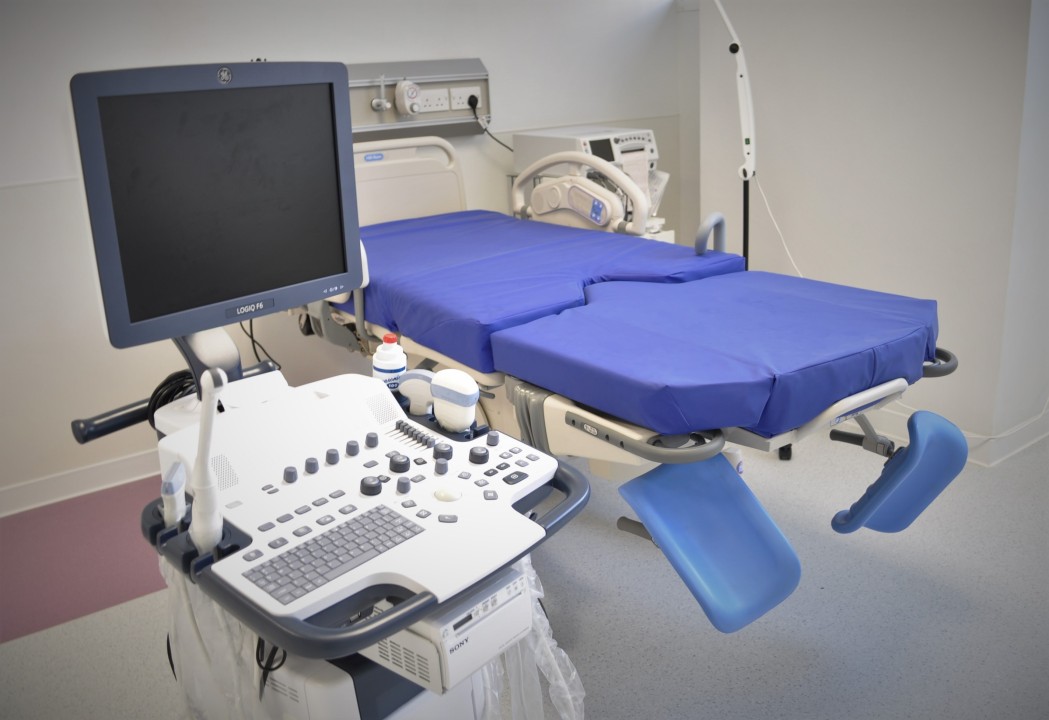Remote and predictive maintenance of medical equipment is becoming crucial due to the growing digitalization and move toward connected devices and cloud-based infrastructure. The medical device industry is now increasingly embracing the use of advanced technologies like The Internet of Things (IoT), Artificial Intelligence (AI), and data analytics to resolve problems faster and effectively. The market for remote and predictive maintenance was growing but Covid-19 gave it a much-desired push. However, perceived complexity and data security concerns may pose a huge challenge to its growth.
Free Sample PDF of Our Research Report : https://meditechinsights.com/remote-and-predictive-medical-equipment-maintenance-market/request-sample/
Move from Preventive Maintenance to Predictive Maintenance
Preventive maintenance is typically scheduled on a recurring basis but could be sometimes unplanned. It is based on the theoretical failure rate and not on actual machine data. Moreover, reactive maintenance is time-consuming and breaks the operations workflow leading to costly downtimes. On the other hand, predictive maintenance is maintenance performed only when needed based on analytics on historical data to forecast suggested times for pro-active inspection or maintenance.
For real-time monitoring, IoT enables the continuous transmission of data from device sensors to the maintenance team who will remotely monitor the equipment. With the help of data analytics, the maintenance team identifies any unusual activity that may cause device failure and predict the equipment downtime. This Just-in-time maintenance strategy ultimately improves overall equipment effectiveness (OEE) levels. Thus, the medical device industry is rapidly shifting towards more proactive and predictive maintenance to reduce equipment downtime and maintenance costs, enhance asset utilization, extend equipment life, and improve operational efficiency, safety, and compliance.
Emergence of Cloud-based Market Solutions
Modern healthcare systems support digital transformation goals. Healthcare organizations are moving towards cloud-based platforms, to better automate processes. Some of the other driving factors are scalability, accessibility, cost-effectiveness, and security offered by cloud-based solutions. Looking at the emerging growth opportunities, companies are increasingly offering cloud-based solutions to remotely manage a fleet of IoT devices from anywhere in the world in an instant.
Impact of Covid-19 Pandemic on the Uptake of Remote Maintenance
Healthcare is one of the key industries that simply cannot afford extended downtime as it may cost a life. Preventing equipment outages at a distance is extremely important, as it enables the resolution of problems earlier and reduces both cost and downtime. However, this has become more crucial post Covid-pandemic.
Shortage of employees and technicians, high demand for medical equipment/devices, and global supply chain disruption during the COVID-19 pandemic forced companies to think about remote solutions to minimize downtime and increase the equipment output for smoother care delivery. This resulted in a surge in demand for remote and predictive maintenance solutions all across the world.
Regional Overview: Remote and Predictive Medical Equipment Maintenance Market
From a geographical perspective, North America has the largest market share of the remote and predictive medical equipment maintenance market. This is mainly attributed to the significant presence of medical equipment OEMs and related software companies in this region, advanced healthcare infrastructure, strict compliance, and a greater focus on minimizing costs to improve overall profitability.
Competitive Landscape Analysis: Remote and Predictive Medical Equipment Maintenance Market
The global remote and predictive medical equipment maintenance market is highly competitive and fragmented with some established OEMs additionally offering remote services and several emerging IoT/software and service companies. Some of the leading and promising players in this market are Philips, Siemens Healthineers, GE Healthcare, Fujifilm Healthcare, Canon Medical Systems, Draeger, Agfa, Transasia Bio-Medical, IBM, UptimeHealth, Kalypso, Karvy Analytics, InHand Networks, Althea, Accruent, Infinite Uptime, Robustel, Micromax Health, among others.
As a key growth strategy, companies operating in the remote and predictive medical equipment maintenance market are focusing on adding/expanding their portfolio with remote and predictive maintenance software/services.
Detailed Insights on Remote & Predictive Medical Equipment Maintenance Market @ https://meditechinsights.com/remote-and-predictive-medical-equipment-maintenance-market/

